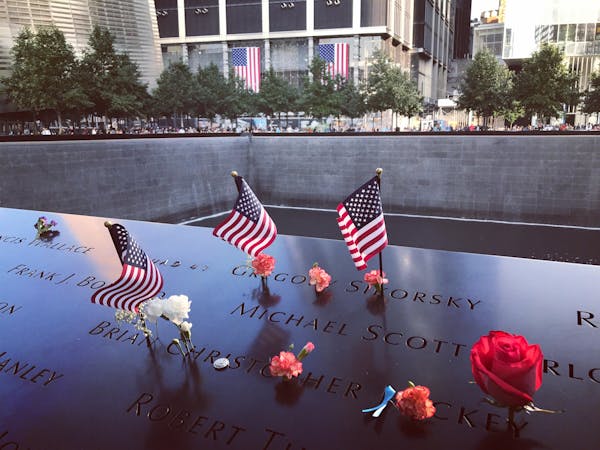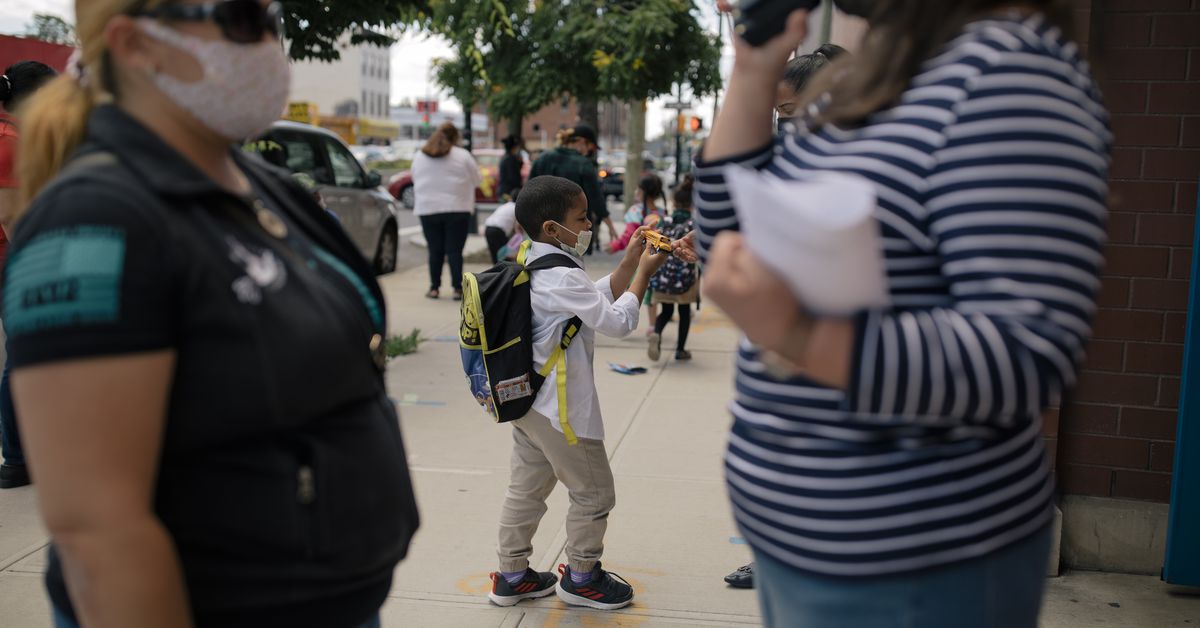As pandemic spreads, education issues have sharper teeth
By Tom Baxter
Every few years, some well-meaning group does a big poll and comes back with the finding that the voting public considers education one of the biggest, next to the economy maybe the biggest, of political issues.
Voters do think this, in a big-picture sort of way. Concerns about education are seldom what swings an election, however. Sometimes an education initiative catches fire, or there’s a local backlash against something like Common Core. But the general drift is for education issues to move from a peak priority in the early polls to a check box further down the list of what matters on election day.
This may be about to change. The vague sentiments expressed in polls have been transformed by the pandemic into passionate debates over how and when schools should reopen, and exposed what schools really mean to the economy and social structure of American life. The pandemic has given sharp teeth to issues which used to be embedded in a cozy consensus.
This is too fresh for politicians to have the feel of it in this year’s election. Two and four and six years from now, whether there’s a coronavirus vaccine or a bounce in the economy, there will be critical funding problems in public school systems across the country. There quite possibly could be a massive shortage of teachers and other school personnel. The nation’s higher education system will have been profoundly shaken, and more than a few colleges and universities will have closed their doors. That’s when we’ll really see how much the politics of education has changed.
This week’s biggest education story is what the Power 5 athletic conferences decide to about the upcoming college football season. With schools reopening, and sometimes reclosing, around the country, it might seem dismissive to treat football as an education story.
Not at all. The cancellation of college football, if that happens, would not only be a huge education story, but for much of Middle America it would be the most unsettling cultural development of the century.
What we’re finding out in this pandemic is that education means a lot more than just educating our children. Football tells that story very well. Without it, the bustling retirement communities which have popped up around so many state college towns would lose a big part of their appeal. Billions in media deals would be affected, not to mention millions in parking lot charges and hot dogs. Motels and restaurants out in the middle of Kansas and Mississippi would miss their one chance each year at some big city money. The threatened interruption of all this commerce only sharpens the irony that the players at the middle of all of it aren’t paid.
“Football is the lifeblood of our country,” LSU coach Ed Orgeron said last week in a roundtable discussion which included Vice President Mike Pence. A missed season would be felt from the top to the bottom of the American economy, and its psyche, too. By the same token, an uninterrupted season could be the ultimate super spreader.
North Paulding High School, which was catapulted into the national spotlight last week when its principal warned the student body not to take any pictures or videos, with the inevitable result, was closed for two days of distance learning at the beginning of this week. Since the picture of a crowded hallway began circulating on the internet, nine students have tested positive for the virus, and the results of more tests are still pending.
Hannah Watters, the student who took the picture, was briefly suspended, but she could have returned to school Monday, if the school had not been closed by then.
“I’d like to say this is some good and necessary trouble,” Watters said, showing that some education is going on, whether the schools are open or not.
So long as masks are optional and crowded hallways, there will be more outbreaks like the one in Paulding County. With fall on the way, they could grow worse. And beyond what may be the most difficult year for America’s schools are a host of issues that will be with us for years to come.







